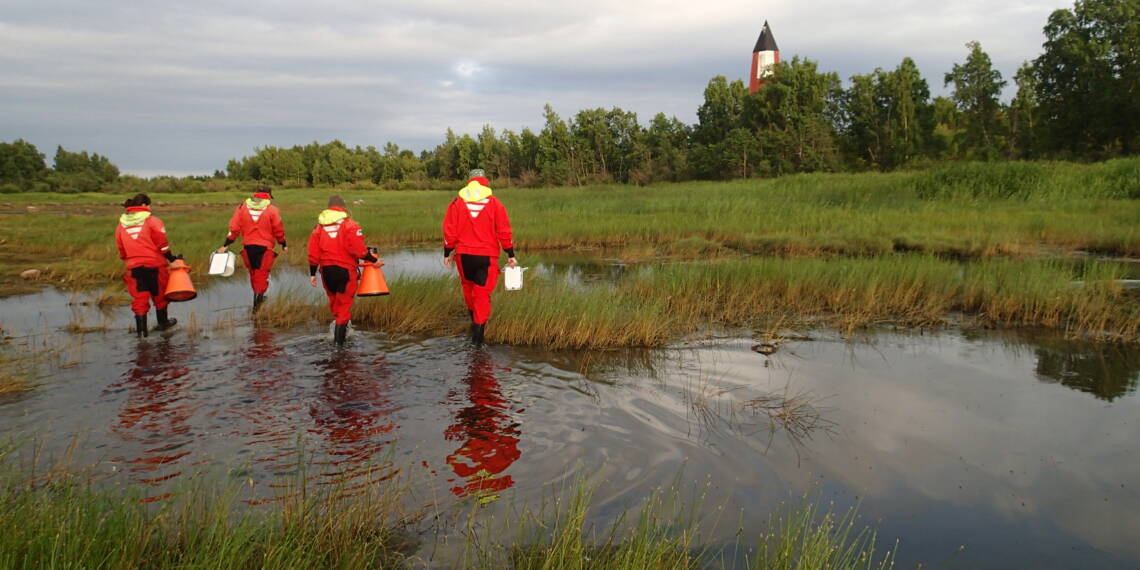
Learn more about the work of marine scientists and find out what kind of treasures can be found on the seabed
What is the work of a marine scientist like? How is research funded and how are results communicated? What kind of objects have marine archaeologists found in shipwrecks? Marine scientists answer these and many other questions in articles that provide fascinating details about exploring the Baltic Sea.
-
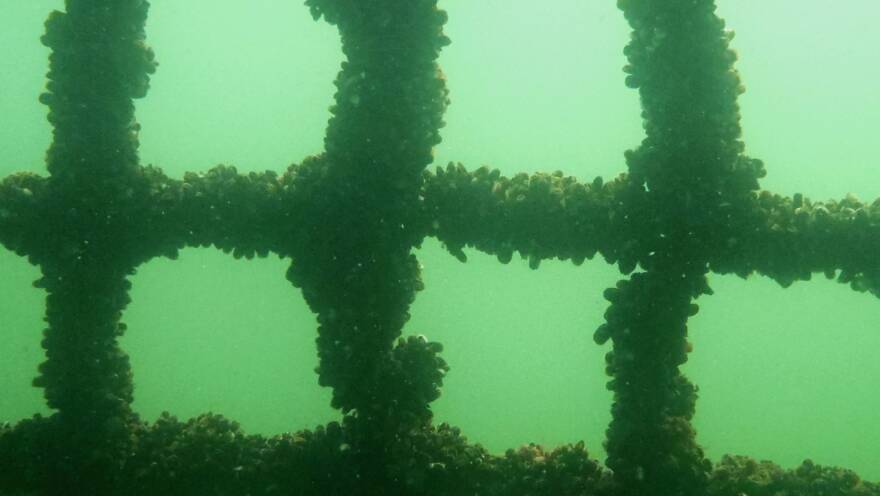 Point of view
Point of viewWhat is ecological compensation?
The need to safeguard biodiversity is great worldwide. Human activities at sea, on the coast, and within the catchment area contribute to the deterioration of the natural state of the Baltic Sea.
-
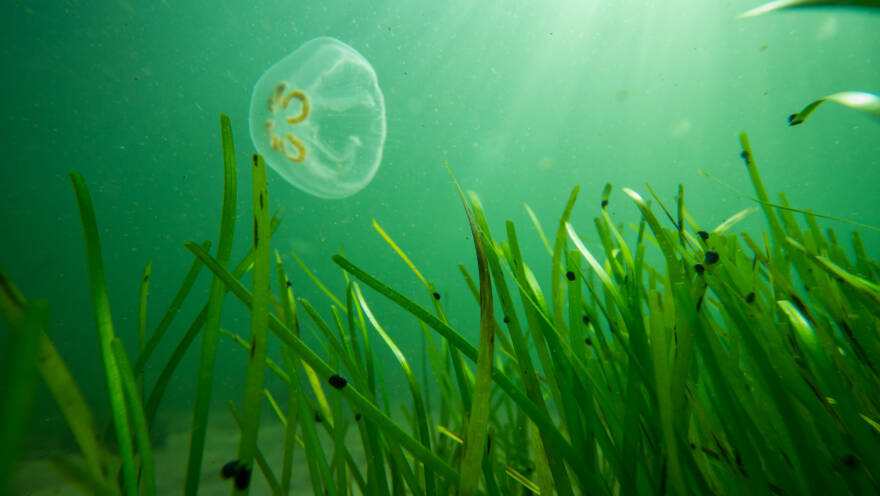 Point of view
Point of viewWhat does the restoration of the Baltic Sea mean ─ and why is it worthwhile?
The discussion around restoration is heating up. Would it be time to cool it down by turning our attention to the Baltic Sea, whose average temperature in November is around eight degrees? Marine habitats can also be restored, although underwater restorations have so far been carried out in Finland only to a limited extent and by piloting new methods. The results from the experiments are encouraging: the restoration of the flada threshold and the transplantation of eelgrass meadows can slow down the natural degradation of the sea.
-
 Point of view
Point of viewFor the Marine Environment – Biodiversea Life IP Maps, Develops, and Restores
Eight years, 20 million euros, and over a hundred people at work. Finland's largest collaborative project to safeguard the diverse nature of the Baltic Sea, Biodiversea LIFE IP, launched its first field season in the spring of 2022. Since April, field teams have been working on tasks such as catching grayling broodstock, bird surveys, invasive predator control, marine habitat restoration, and developing sustainable nature tourism.
-
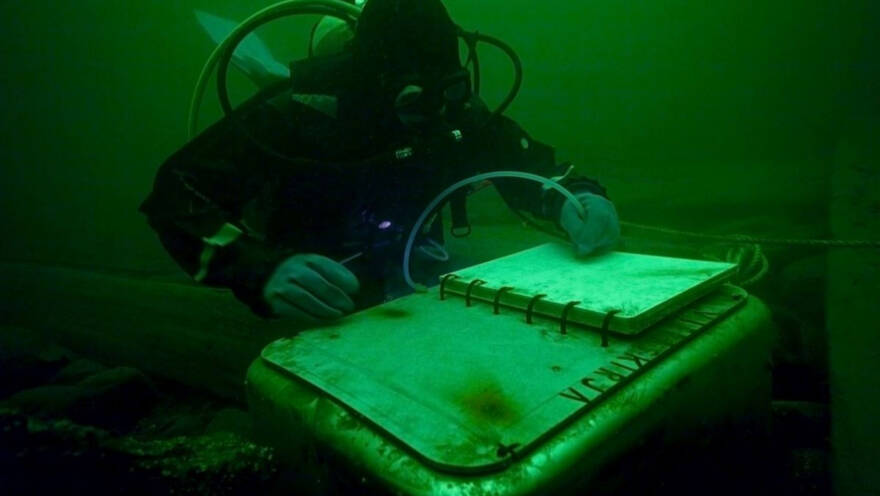 Point of view
Point of viewMaritime cultural heritage in international projects
Project collaboration is part of the international operations of the Finnish Heritage Agency and this authority participates in many international maritime projects. The information compiled by such projects is also used to benefit the development of the entire cultural heritage sector in Finland.
-
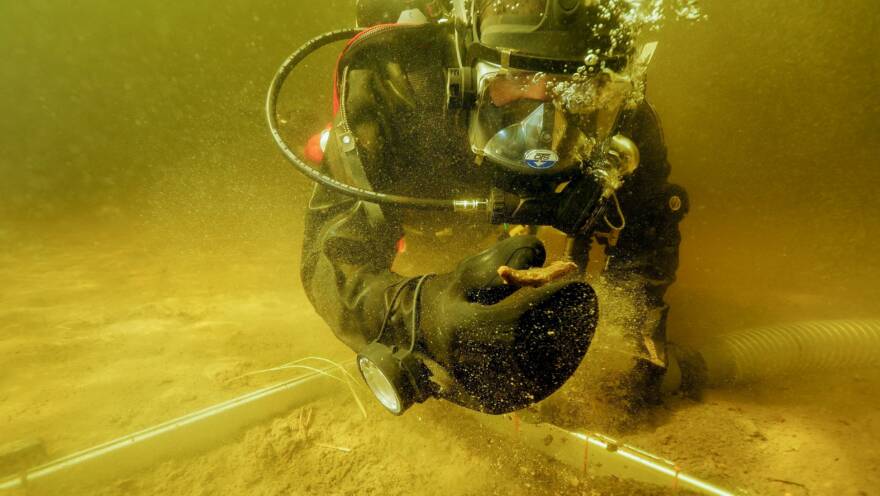 Point of view
Point of viewSuch is the work of a marine archaeologist in Finland
When you mention to a new acquaintance that you work as a marine archaeologist, the most common reaction is wonder or interest. This is often followed by their confused questions: what can a marine archaeologist do in Finland? Is there even anything to explore here? The answer to the latter question is yes! There are almost endless things to explore. Marine archaeological fieldwork can be carried out all year round. About half a dozen active marine archaeologists operate in the Finnish waters.
-
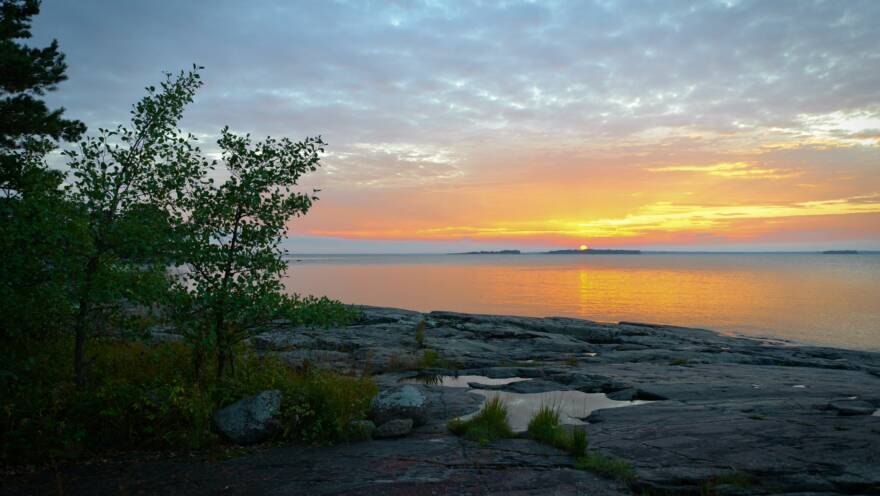 Point of view
Point of viewWhere does the money for marine research come from?
Marine research provides information on the state of the Baltic Sea and its changes, as well as on the protection and utilisation of natural resources. It also provides information about the measures aimed at maintaining or improving the state of the sea.
-
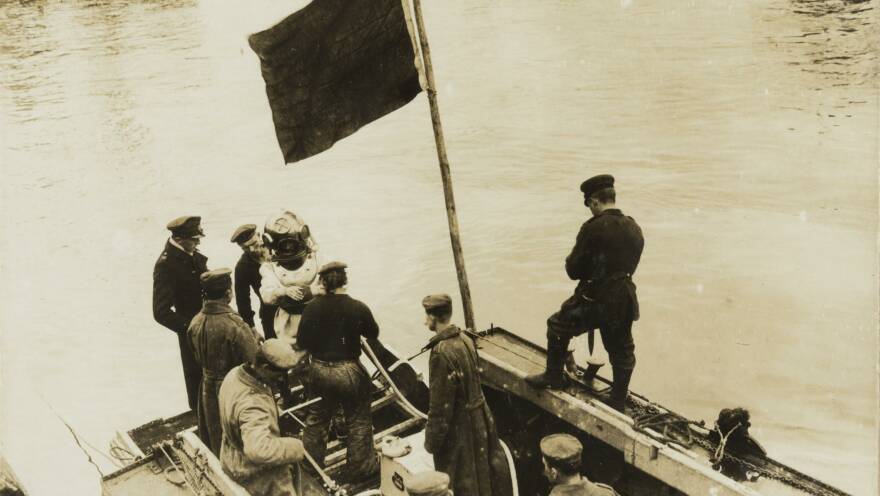 Point of view
Point of viewThe history of maritime archaeology
Shipwrecks have always interested people throughout time. For a long time, wrecks were seen as recyclable materials and not as historical objects of research. Although rescue operations have been carried out on shipwrecks and sometimes even looting, the boundary between these two activities has sometimes been a bit vague.
-
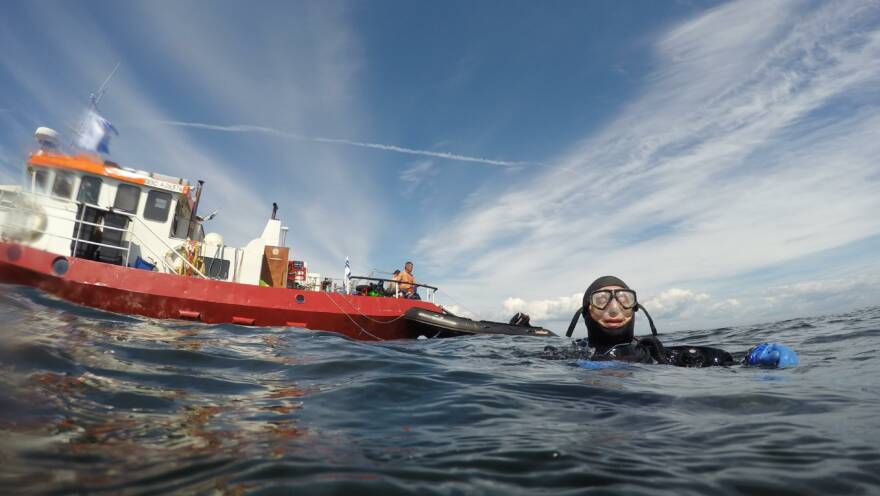 Point of view
Point of viewMarine archaeology as a hobby
Finnish sea areas offer endless exploration for divers engaged in marine archaeology. In the Baltic Sea, the wrecks of wooden ships survive for up to hundreds of years even after the ship sank. Recreational divers are active throughout Finland, especially in coastal areas. Both wrecks and diving enthusiasts can also be found in the inland waters of our country.
-
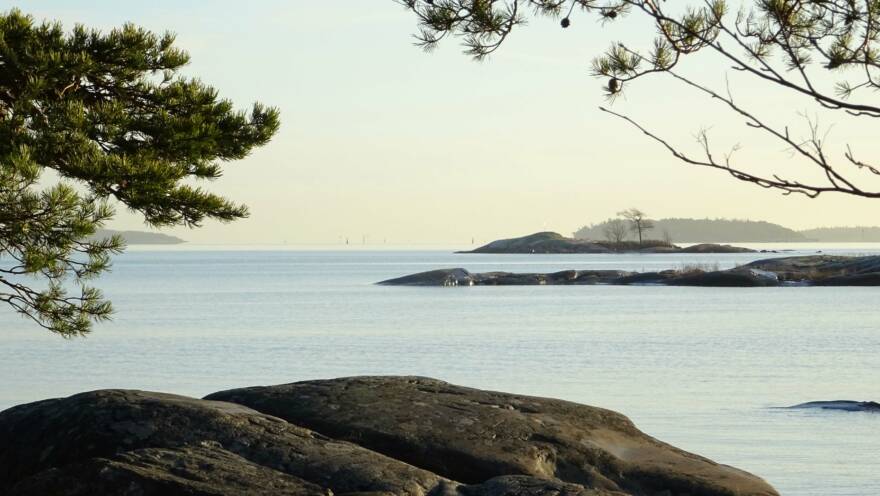 Point of view
Point of viewThe Baltic Sea produces benefits for people
Humans have been exploiting the Baltic Sea for hundreds, if not thousands of years. The Baltic Sea offers us many benefits, such as food and possibilities for recreation. It also brings us benefits that are harder to see, like climate regulation, which occurs by binding carbon within the bottom sediments. All such benefits from the Baltic Sea and the rest of nature are known as ecosystem services.
-
 Point of view
Point of viewMapping and monitoring the sea areas of Åland
Various mapping projects are being carried out to create a reliable foundation for the protection of marine areas, the management of Åland's waters, and the planning of various activities, as well as their possible exploitation in sea areas.
-
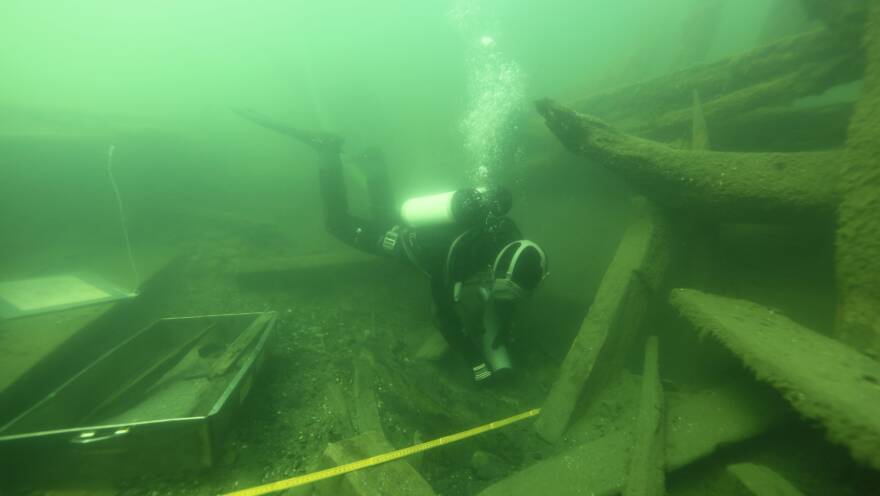 Point of view
Point of viewArchaeologically researched wrecks in Finland
Field surveys are conducted annually at several sites. Invasive surveys, such as excavations, are only carried out after much consideration.This perspective text presents ten interesting archaeologically researched wreck sites in Finland. All of these shipwrecks have been the subject of research for several years and have provided new insights into life at sea over the centuries.
-
 Point of view
Point of viewMessage in a bottle? How can we spread the knowledge of underwater nature?
Most people will never get to visit below the surface of the Baltic Sea themselves. Instead, underwater species need to be found from the net, books, and documentaries. It is difficult to get excited about protecting natural values which are and strange and unknown.